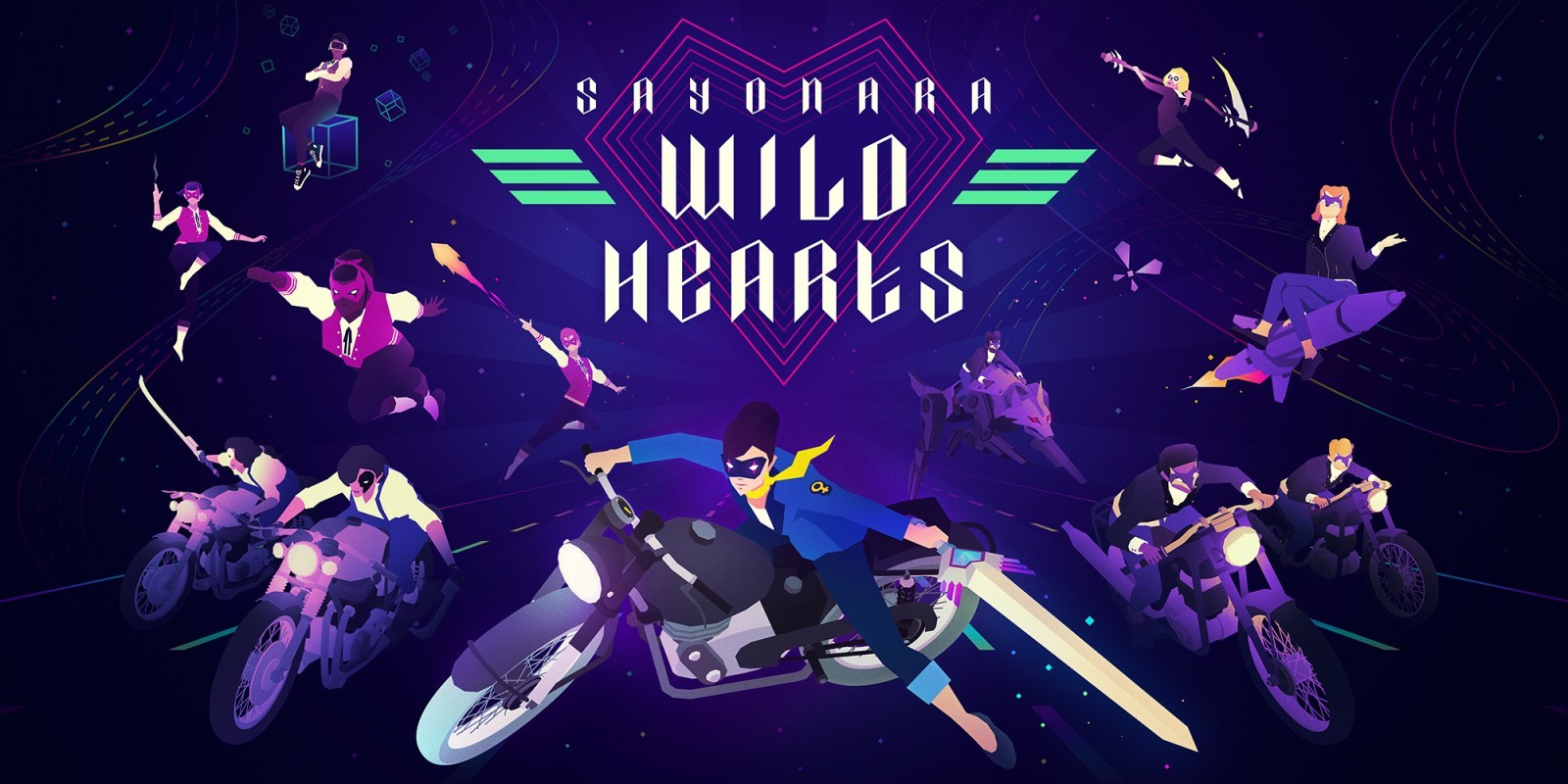


Many comparisons have already been made to Rez, the lucent, vibrating 3D shooter touted by its fans as more of a religious experience than just an action title. Mechanically, Sayonara Wild Hearts curbs a great deal of influence from the Sega Saturn and Dreamcast era. Here’s why I hope everyone will pay attention, because the giddy feeling I get from playing this game is definitely not going away any time soon. It’s a game brimming with design choices which are delightfully clever. It manages to reinvigorate the act of play and the act of listening to music, and ties it all together with a focused, effective narrative as well. Sayonara Wild Hearts is a music game with arcade influences, but it’s much greater than the sum of its parts. It’s from this outsider position that it is able to constantly make titles which challenge players’ perceptions of play and open up the possibilities for new genres and new experiences. This is the studio which gave us Year Walk and Device 6, and which proudly proclaims that it’s not even sure if what it develops can be effectively called a “game”. But the reason why it’s lingered in my memory so often is down to something deeper, which surely comes from Simogo’s design ethos. It’s a short game which is immediately enjoyable. On the surface it’s simple enough to enjoy – a music-based arcade game with pared-back mechanics suited well to short bursts, a dazzling graphic style of pinks and purples and a swathe of bombastic set-piece moments. Simogo’s Sayonara Wild Hearts is a game which I can’t stop thinking about.


 0 kommentar(er)
0 kommentar(er)
